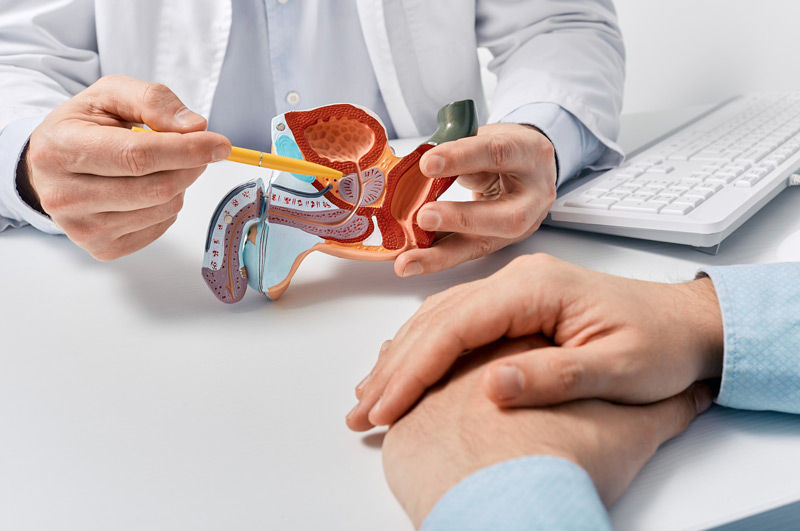Transurethral resection of the prostate (TURP) is a treatment done to address urinary issues caused by benign prostatic hyperplasia (BPH), also known as an enlarged prostate.
Who May Benefit from TURP?
Patients with the following symptoms may find relief from TURP:
- Slow or prolonged urination
- Inability to fully empty the bladder
- Urinary tract infections (UTIs)
- Difficulty starting urination
- Intermittent urination
- Frequent nighttime urination
- Frequent and urgent need to urinate
TURP can also help prevent complications from blocked urine flow, such as:
- Bladder stones
- Loss of bladder control or inability to urinate
- Blood in the urine
- Kidney or bladder damage
- Recurrent UTIs


How to Prepare for Treatment
Before surgery, patients may need to stop taking medications that increase bleeding risk, such as blood thinners like warfarin or clopidogrel, and over-the-counter pain relievers like ibuprofen, aspirin, or naproxen sodium.
Patients should arrange for transportation home after surgery, as it will be performed under anesthesia.
What Happens During Surgery?
The patient will receive general or spinal anesthesia and antibiotics to prevent infection. The surgeon will insert a resectoscope through the tip of the penis, up the urethra, and into the prostate. No external incisions are required.
The resectoscope trims tissue from the inside of the prostate gland. The tissue is carried into the bladder by an irrigating fluid and removed at the end of the procedure.

The Recovery Process
After surgery, the patient will stay in the hospital for one to two days with a urinary catheter in place for 24 to 48 hours due to swelling obstructing urine flow. The catheter will be removed once the swelling subsides, and the patient can urinate independently.
It is normal for patients to notice blood in their urine. However, if the blood is thick, worsening, or blocking urine flow, they should contact a physician immediately.
Patients may also experience a sense of urgency to urinate, painful urination, or increased frequency of urination, which typically improves within six to eight weeks.
To aid recovery, patients should:
- Drink plenty of water to flush out the bladder
- Eat fiber-rich foods to prevent constipation and straining during bowel movements
- Avoid blood-thinning medications unless approved by a physician
- Refrain from strenuous exercise, such as heavy lifting, for four to six weeks post-surgery
- Avoid intercourse for four to six weeks
- Avoid driving until the catheter is removed and prescription pain medications are no longer needed
Most patients notice an improvement in their initial symptoms within a few days. However, some may require follow-up treatment a few years after the surgery.
Choose UCI Pelvic Health Center
Take control of your urinary health with expert care at UCI Pelvic Health Center. Our skilled team offers advanced transurethral resection of the prostate (TURP) surgery to effectively address symptoms of benign prostatic hyperplasia (BPH). With minimally invasive techniques and personalized treatment plans, we strive to ensure a swift recovery and significant symptom relief. Don’t let urinary problems disrupt your life. Trust our dedicated specialists for compassionate, top-tier care tailored to your needs.

